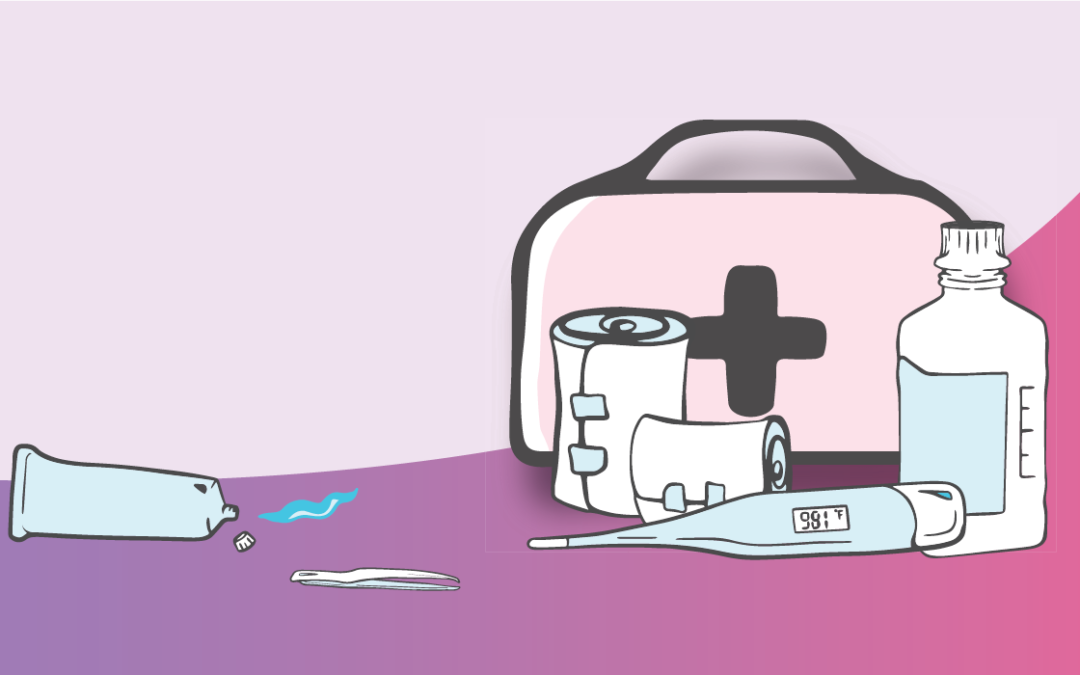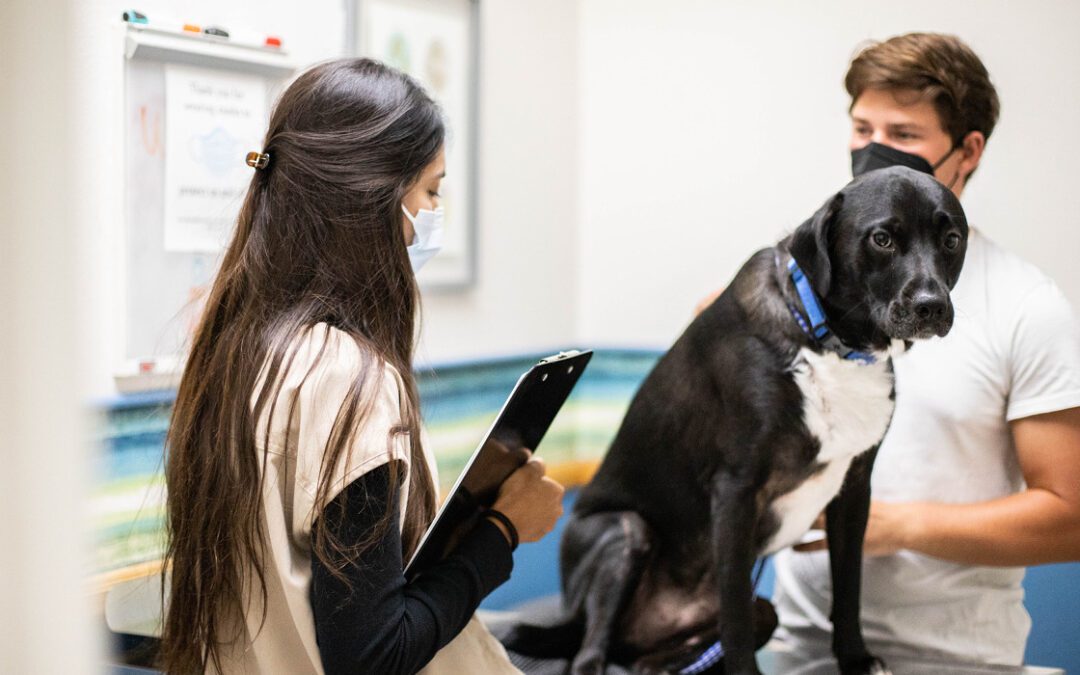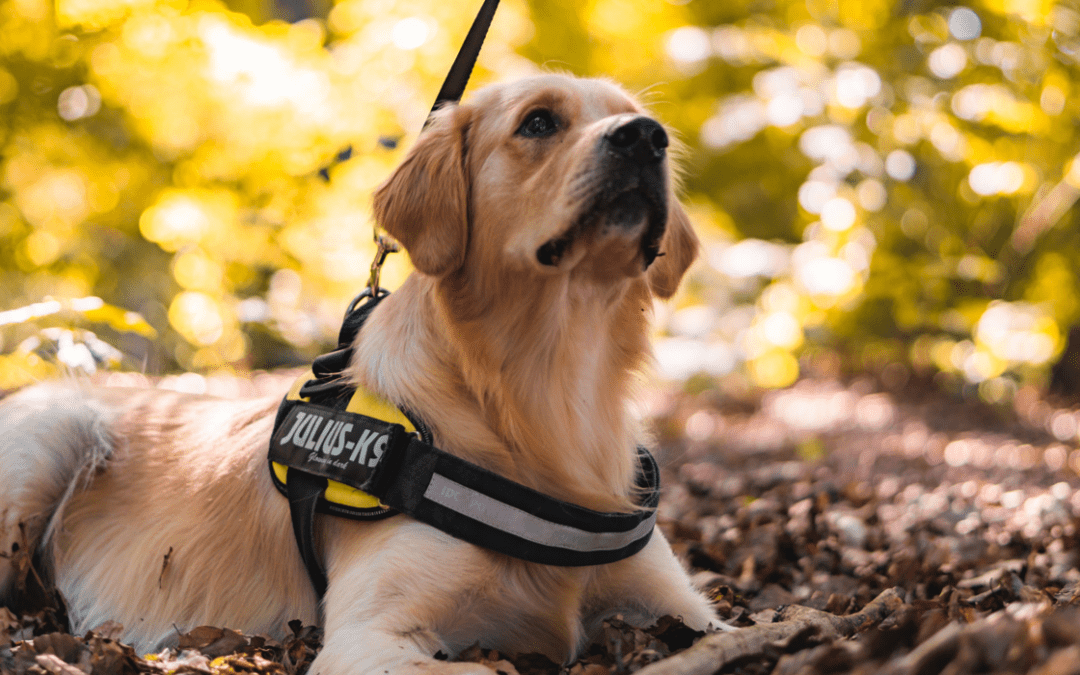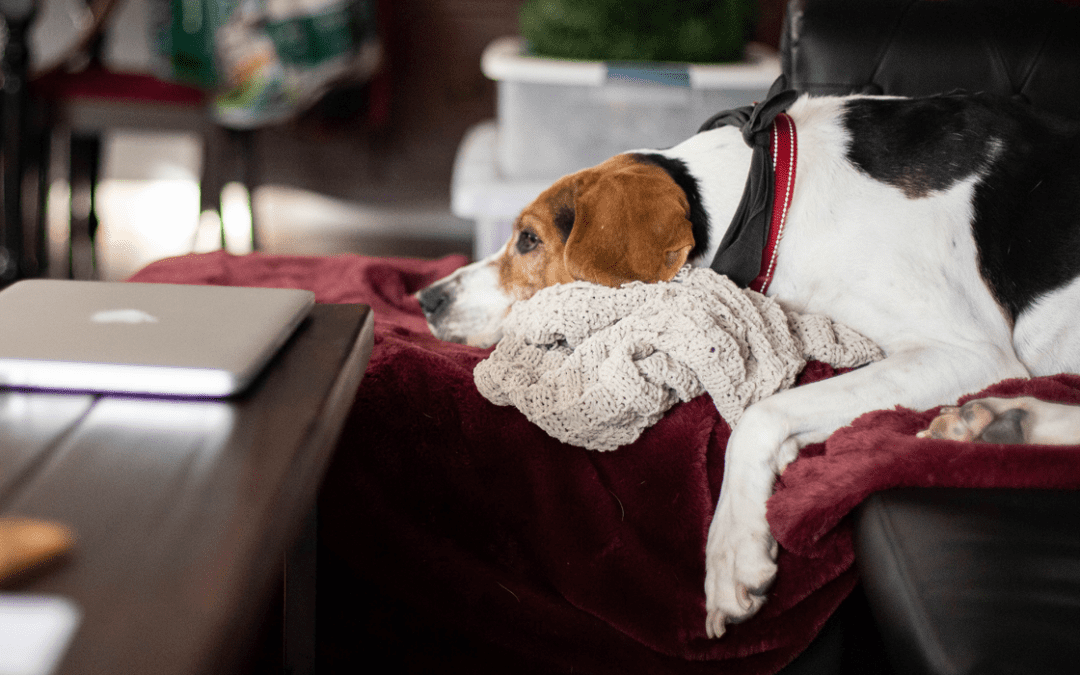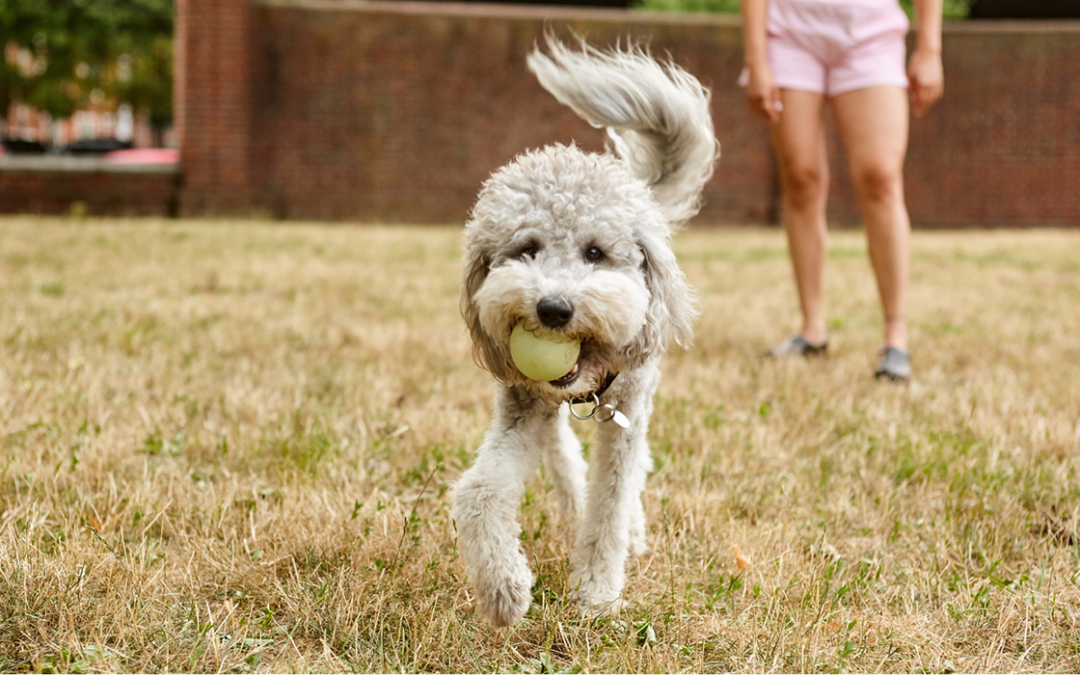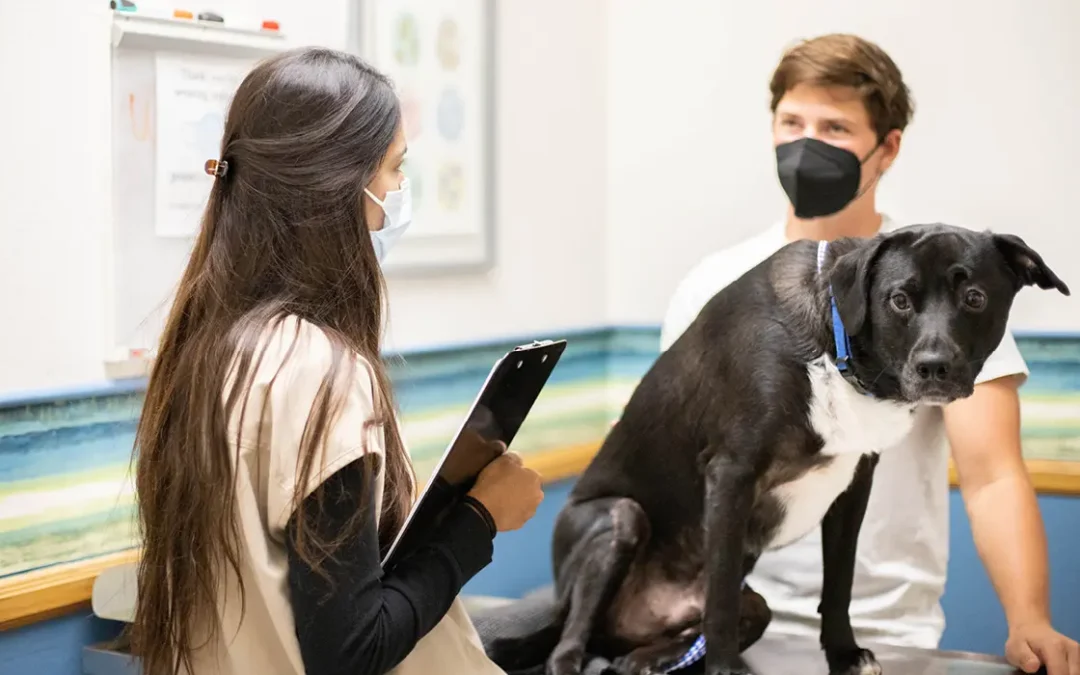Pet First Aid Kit Essentials
There are a few essential items that should be included in every pet first aid kit. The following list includes the most important items, along with a brief explanation of what each one is used for:
- Gauze pads. Can be used to stop bleeding, clean and disinfect wounds, and protect injured paws.
- Cotton balls. Essential for cleaning wounds and applying medication.
- Bandages. Used to wrap injured limbs, control bleeding, and protect wounds.
- Medical tape. Keeps bandages in place and can also be used to close small wounds.
- Antiseptic wipes. Help clean and disinfect wounds.
- Antibiotic ointment. Helps prevent infection and promotes healing.
- Hydrogen peroxide. Can be used to flush out wounds and clean them thoroughly. Also helps to induce vomiting in cases of poisoning.
- Allergy medication. Many pets are allergic to insect bites or stings, so it’s important to have this medication on hand.
- Saline solution. Can be used to flush out wounds and eyes, and to help relieve nasal congestion.
- Styptic powder or pencil. Helps stop bleeding from minor cuts. Especially useful for stemming bleeding from torn nails.
- Rectal thermometer. Can be used to take the temperature of a sick pet.
- Petroleum jelly. Helps keep bandages in place and can also be used to lubricate thermometers and other medical equipment.
- Tweezers. Can be used to remove ticks, debris, or objects that have become lodged in wounds.
- Scissors. For cutting bandages, gauze, and other medical supplies.
- Foil emergency blanket. Can be used to keep a sick or injured pet warm and stabilize their body temperature.
- Penlight. Useful for checking eyes, ears, and throats for injuries, foreign bodies, or other problems.
- Disposable gloves. Can help keep your hands clean while treating an injured pet.
- Ice pack. Can be used to reduce swelling and pain.
- Towel. Can be used to dry off a wet pet, clean up blood and other medical waste, and apply pressure to a wound.
- Important documents and phone numbers. Include your pet’s medical and vaccination records, along with the contact information for your veterinarian, an emergency vet clinic, and a pet poison control helpline.
When to Seek Veterinary Help
As mentioned earlier, a pet first aid kit can help you deal with many common pet emergencies until you can get to a veterinarian. The items outlined above will help you treat minor injuries like sprains, cuts, burns, and insect bites. However, it’s important to seek veterinary help immediately if you’re dealing with a medical emergency. Some of the most common symptoms that could indicate a medical emergency include:
- Repeated vomiting
- Extreme weakness
- Breathing difficulties
- Severe pain
- Unconsciousness or disorientation
If you suspect your pet has been poisoned, it’s vital to call your veterinarian or pet poison helpline right away. Check out our recent post for more information about what to do if you think your pet has been poisoned. Any emergencies that involve bleeding, head trauma, broken bones, or other serious injuries should also be treated by a veterinarian as soon as possible.
Putting Together Your Pet First Aid Kit
Now that you know what to include in your pet first aid kit, it’s time to put one together. You can start with a pre-made kit or put one together yourself from scratch by purchasing supplies from your local pharmacy or pet store. Just be sure to include all the items listed above, as well as any other supplies that are specific to your pet’s needs.
In addition, it’s important to keep your kit up to date by replacing any supplies that have expired or been used up. And most importantly, remember to always exercise caution when treating an injured pet. If in doubt, it’s always best to consult with a qualified veterinarian.

